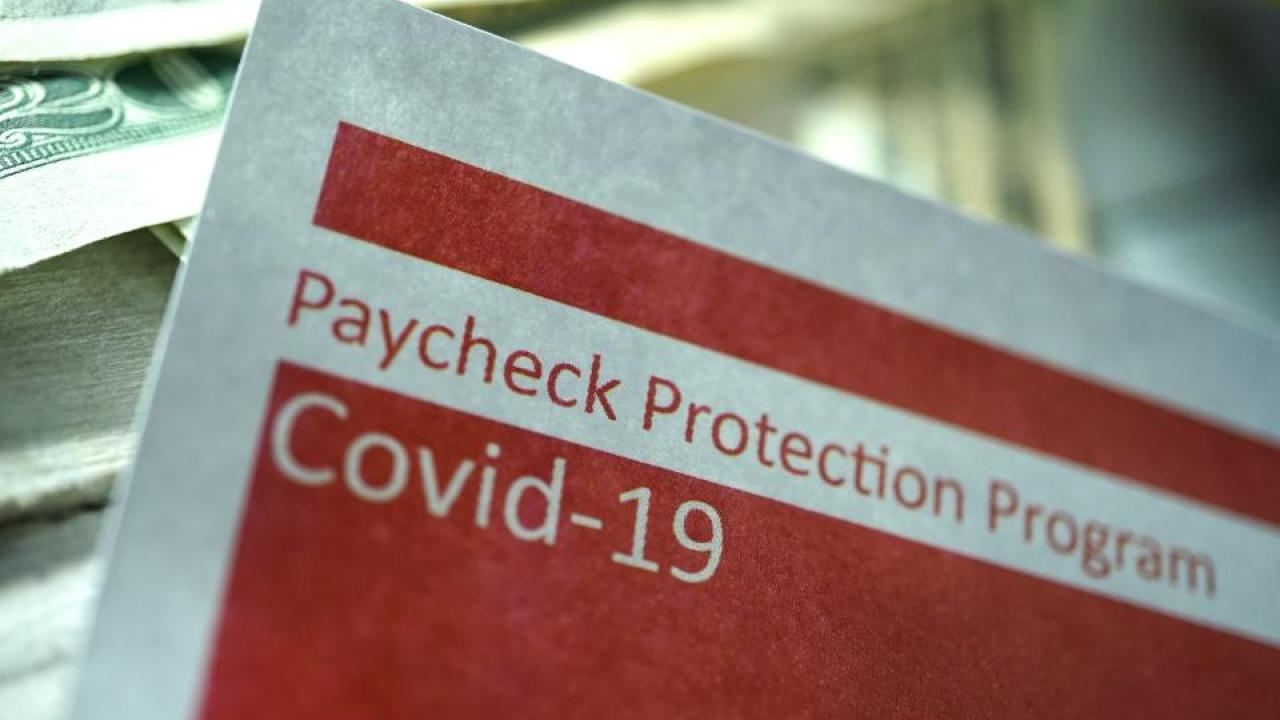The COVID-19 pandemic inarguably disrupted everyday life, from work from home to online schooling, masks and social distancing to washing groceries. Economic activity slowed. Unemployment spiked. Fear and anxiety increased.
In response, the U.S. Federal Government created the Paycheck Protection Program (“PPP”) to provide loans to small businesses. This program issued almost 12 million loans (worth nearly $800 billion). These loans were forgivable if the business did not decrease payroll costs and maintained employment levels.
But not all eligible businesses participated even though participants could avoid repaying the loan.
In “Nonprofit Organizations’ Financial Obligations and the Paycheck Protection Program” (forthcoming in Management Science), my co-authors and I investigate PPP participation by nonprofits and examine the financial reporting characteristics of those that did.
Why Study Nonprofit Organizations?
Nonprofits are an important component of the U.S. economy, representing 5.7% of GDP, employing 6.4% of the workforce, and contributing $1.4 trillion to the American economy in the first quarter of 2022.
Nonprofit organizations’ services increased in demand to mitigate some uncertainty due to the pandemic.
These COVID-related programs and the programs of many other organizations constrained resources, potentially leading to tough choices. Do they reduce services? Lay off employees? Do they shut down entirely?
PPP loans offered financial resources to partially avoid these tough decisions.
For example, in our local UC Davis community, the Yolo Food Bank responded to increased food insecurity by providing additional food to county residents, and it received a $269,080 PPP loan for payroll costs on their 28 employees and the Yolo Crisis Nursery received a $124,300 PPP loan for payroll costs on their 15 employees.
Similarly, the Yolo Crisis Nursery provided additional care for children of essential workers and families facing illness and received a $124,300 PPP loan for payroll costs on their 15 employees. Both federal loans were fully forgiven under the PPP program.
Nonprofit Involvement with the PPP
Our study examines PPP participation across the country. We find only 38% of eligible nonprofit organizations participated in the PPP, substantially lower than other business sectors.
Additionally, a nonprofit organization’s financial obligations—such as debt or promises to donors to use resources in a specific manner—played an important role in determining PPP participation and the characteristics of the loans obtained.
Those with financial obligations were more likely to participate in the program. These financial obligations also led participating organizations to receive larger loans, relative to payroll costs.
Lastly, the magnitude of these financial obligations increased the likelihood the participant’s loan was forgiven.
Overall, our research furthers our understanding of the PPP by examining the financial characteristics of businesses participating. At a practical level, our study informs policymakers in designing business-focused economic relief programs to maximize societal benefit during economic downturns.
Read the original article from the UC Davis Graduate School of Management here.
